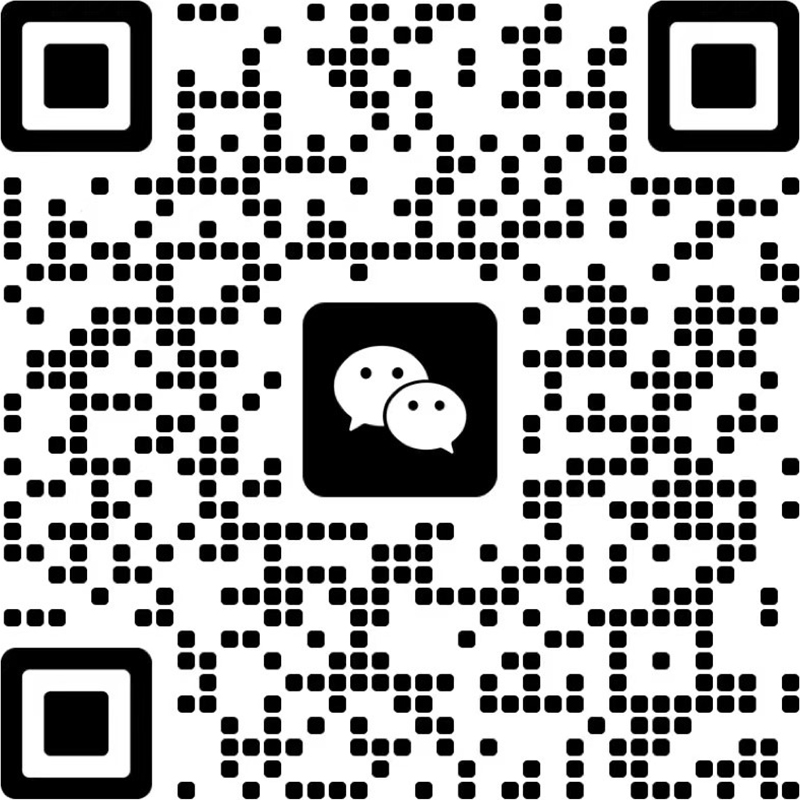In order to improve the internal production efficiency of the enterprise and the coordination and synchronization between various departments, Chuyi Measurement and Control is currently actively preparing to launch the “ERP” system.
The comprehensiveness of the ERP system can make the operation of enterprise content more scientific and smooth, from the front-end of sales to the back-end, from the back office to the field, almost everything, improve the management efficiency of the enterprise, but also enable each employee to manage the current affairs more scientifically, and generally improve the company’s production efficiency.
Enterprise Resource Planning (Enterprise Resource Planning) was proposed by Gartner Group in 1990. Enterprise Resource Planning is MRP II (Enterprise Manufacturing Resource Planning) next-generation manufacturing system and resource planning software. In addition to the existing functions of MRP II such as production resource planning, manufacturing, finance, sales, purchasing, etc., there are quality management, laboratory management, business process management, product data management, inventory, distribution and transportation management, human resource management and periodic reporting systems. At present, the meaning of ERP in China has been expanded, and all kinds of software used in enterprises have been included in the scope of ERP. It jumps out of the traditional enterprise boundary and optimizes the resources of the enterprise from the scope of the supply chain, which is a new generation of information system based on the era of network economy. It is mainly used to improve enterprise business processes to improve the core competitiveness of enterprises.
ERP is a supply chain management idea proposed by Gartner Group Inc., an American computer technology consulting and evaluation group. Enterprise resource planning refers to a management platform based on information technology and systematic management ideas to provide decision-making and operation means for enterprise decision-makers and employees. The ERP system supports discrete and process-oriented mixed manufacturing environments, and the application scope extends from manufacturing to retail, service, banking, telecommunications, government agencies and schools and other business departments, and effectively integrates enterprise resources by integrating database technology, graphical user interface, fourth-generation query language, client server structure, computer-aided development tools, portable open systems, etc.
It combines the characteristics of discrete production and process-oriented production, faces the global market, includes all the leading and supporting capabilities in the supply chain, coordinates the management departments of the enterprise around the market orientation, more flexible or “flexible” business activities, and responds to market demand in real time. To this end, we will redefine the business relationship between suppliers, distributors and manufacturers, restructure the business and information processes and organizational structure of enterprises, and make enterprises have greater initiative in market competition.
ERP is an enterprise information management system that mainly integrates the management of material resources, capital resources and information resources for the manufacturing industry. ERP is an enterprise management software with management accounting as the core that can provide real-time information integration across regions, departments, and even companies. Integrated enterprise management software for material resource management (logistics), human resource management (human flow), financial resource management (financial flow), and information resource management (information flow).
“ERP” is an office system, which can also be called an efficient productivity tool.


